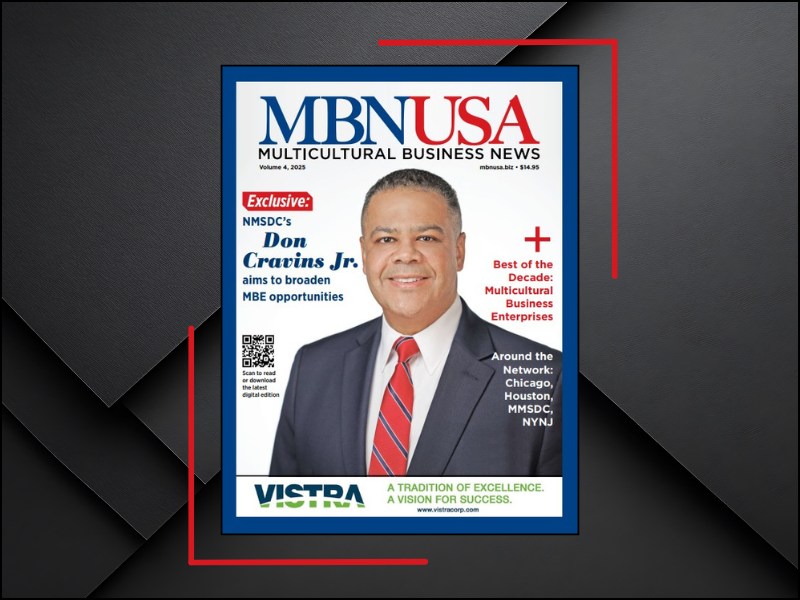By Premier Talent Partners
If you thought equity and equality were synonyms, you wouldn’t be alone—but you’d also be wrong. In fact, the pursuit of one can sometimes directly contradict the pursuit of the other. How? By definition, equality means “the state of being equal, especially in status, rights, and opportunities.” Equity means “justice according to natural law or right” or “the quality of being fair and impartial.” So, what does this mean in the workplace? It means that treating everyone the same in the pursuit of equality might not actually be fair.
Let’s break it down via the image below. (Image courtesy of Interaction Institute for Social Change | Artist: Angus Maguire)

Equality vs Equity
On the left, each boy is given the same box to stand on to watch a baseball game over a fence. But because the boys on the left are taller—a privilege—they’re able to see what the shortest boy cannot. In the image to the right, we’re shown what it looks like to employ equity instead. When the less privileged are armed with resources that offer the same opportunities as their peers, fairness is achieved. In other words: Equality is the end goal. Equity is the means to get there.
Ensuring equity in the workplace
On the job, the example above takes form in more serious applications. Issues of gender, race, sexual orientation, language, and disability require you, as an employer, to be deliberately conscious of equity when creating company policies and workflows. Choices like offering gender-neutral restrooms, ensuring interview panels are diverse, providing accessible workspaces, and eliminating discriminatory handbook language requires more intentional thinking, but the result is worthwhile: An environment that creates equal access and opportunities for all.
Taking action
Are you ready to put these principles into practice at your company? First, test your own knowledge of equity versus equality here. If your company hosts diversity and inclusion training, that’s a great start, but workplace fairness truly begins with more specific employer initiatives. Consider taking the following actions:
- Establish measurable high-level diversity and inclusion initiatives and create an action plan to achieve them. Consider hiring or designating a point person for this role.
- Create Employee Resource Groups that allow employees to connect and share experiences with their coworkers.
- Include a salary range on all public job postings.
- Ensure company benefits are equitable (For example, are spousal health insurance benefits available to same-sex partners? Do parents have enough flexibility to reasonably perform their job well?).
- Offer accommodations for employees with disabilities, language barriers, or mental health needs.
- Train hiring managers on equitable candidate evaluations, and ensure said managers are diverse in gender and race.
Benefits of creating a fair work environment
It’s not just employees who reap the rewards of an equal-opportunity office. Companies that value equity attract more talent, retain employees longer, and employ a more diverse workforce. By implementing equitable practices, you will ensure a strong future for your company—and help move the needle toward workplace equality for all.





